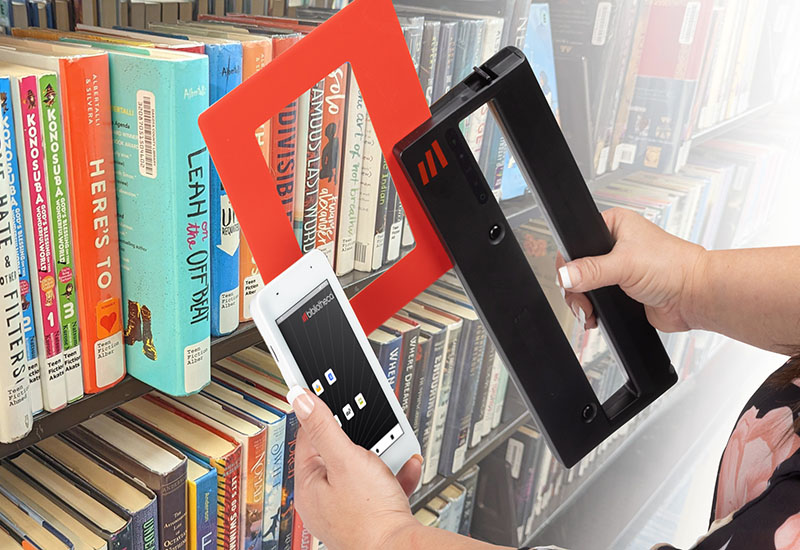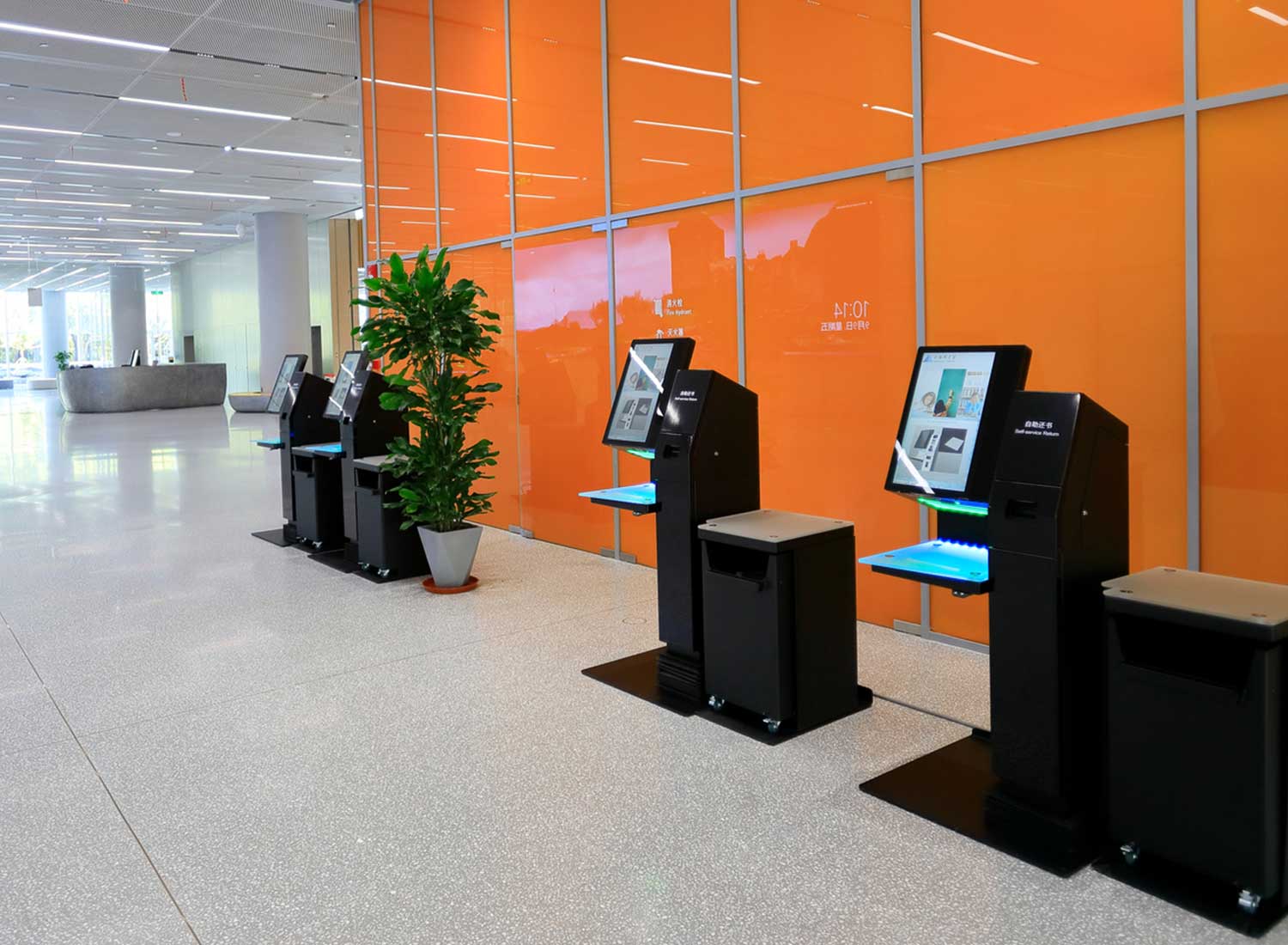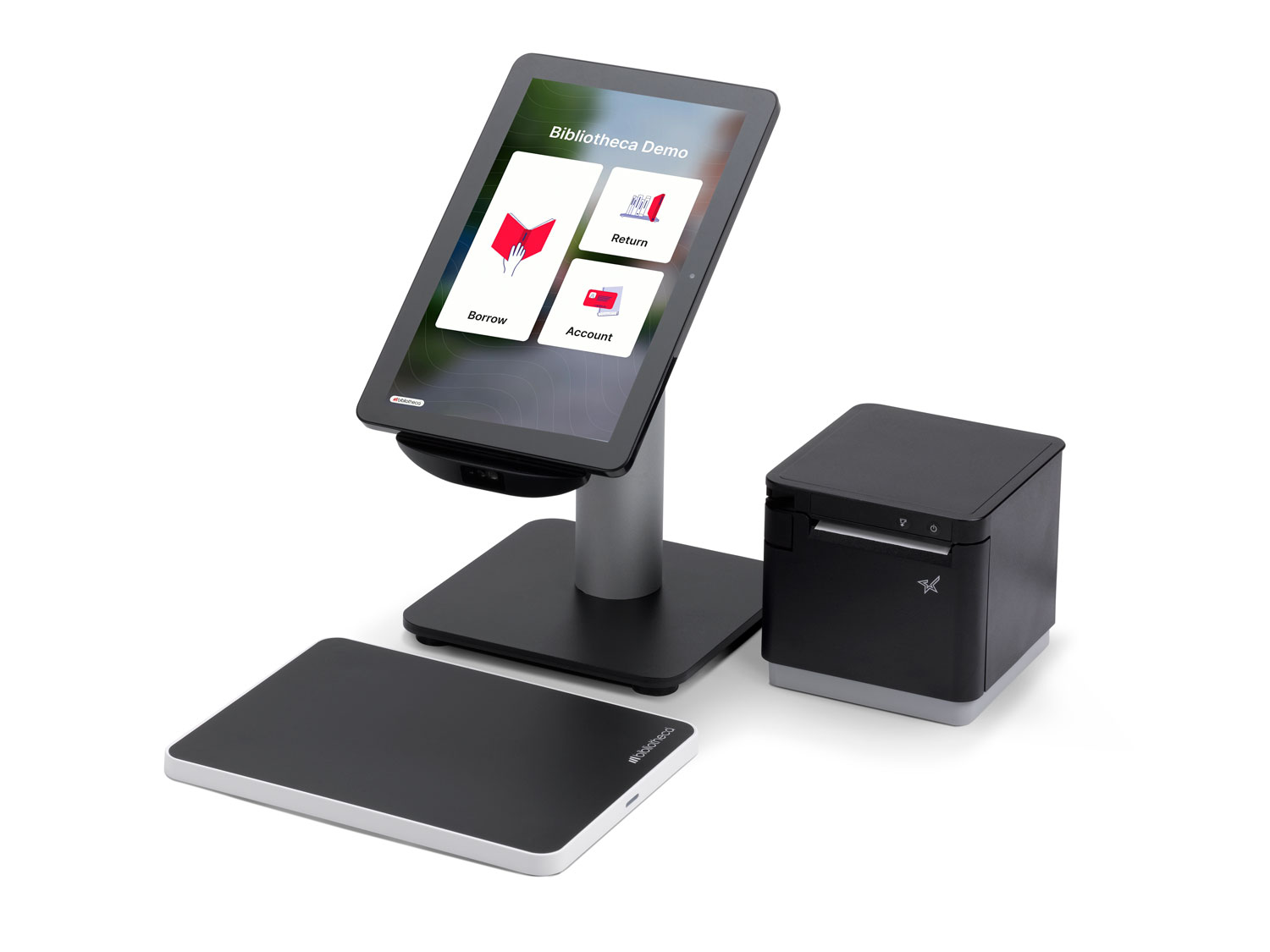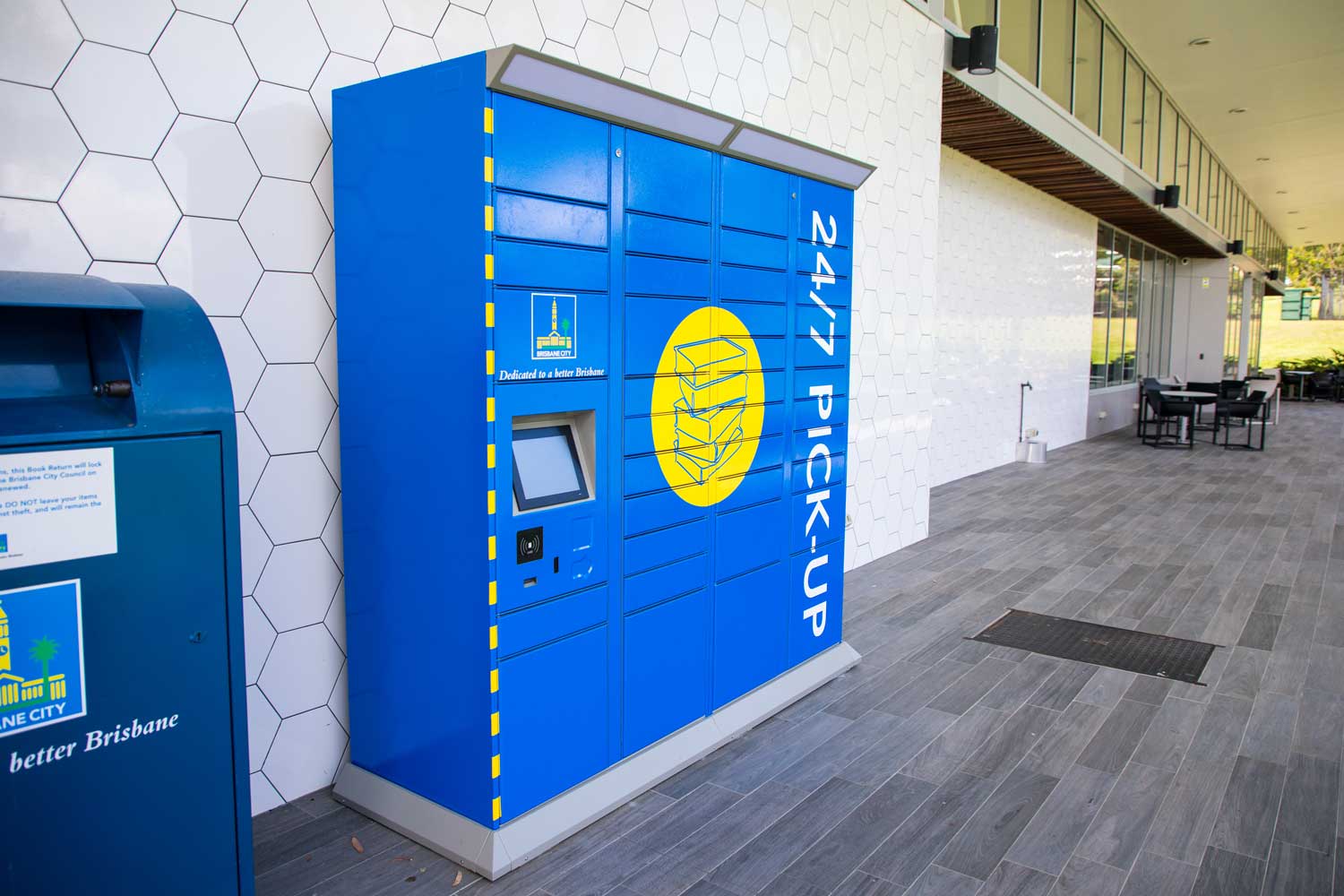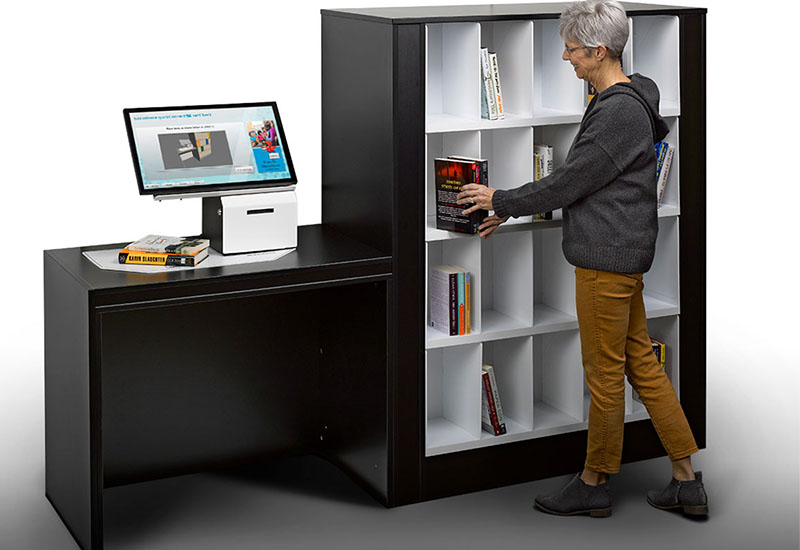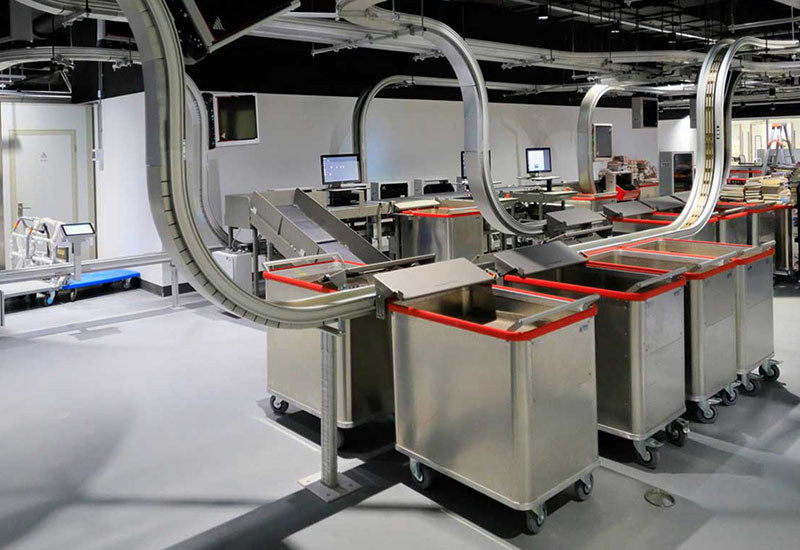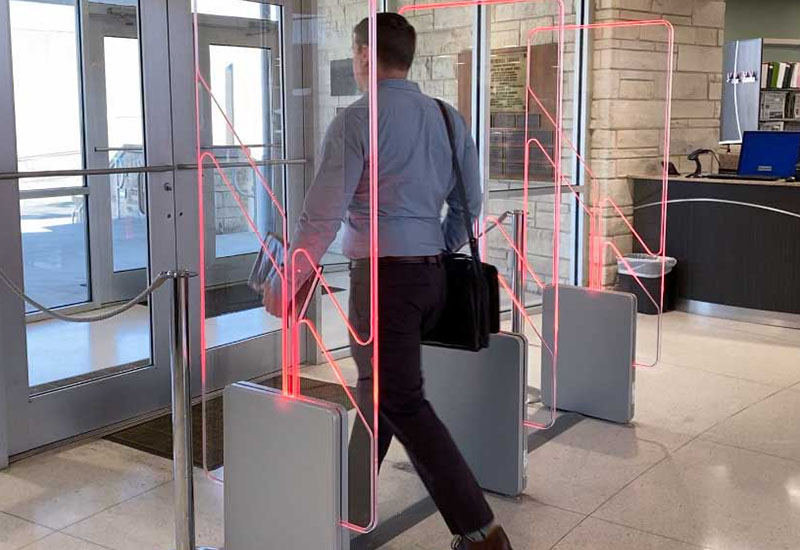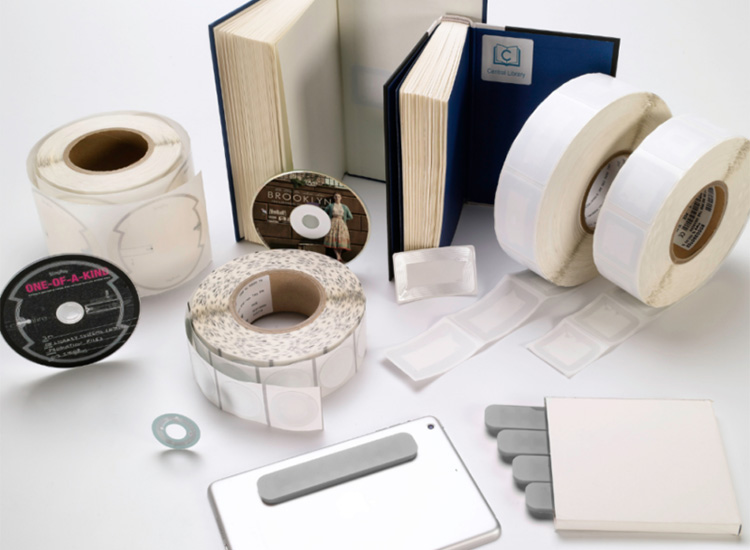RFID in Libraries: technology that helps extend impact
WHY LIBRARIES USE RFID
“The biggest benefit has been the reduction of turnaround time for our users. It’s just tremendous. We no longer have problems with a backlog in circulation. Our staff can focus on putting the books on the shelves and getting out into the library with the patrons.”
“With RFID, we’re getting materials back on the shelves faster. There are fewer carts waiting to be shelved.”
“Any issues related to materials are now able to be identified and resolved more quickly.”
“It frees up our staff to do things other than lending and returning, and makes the whole process of borrowing materials as easy on our patrons as possible.”
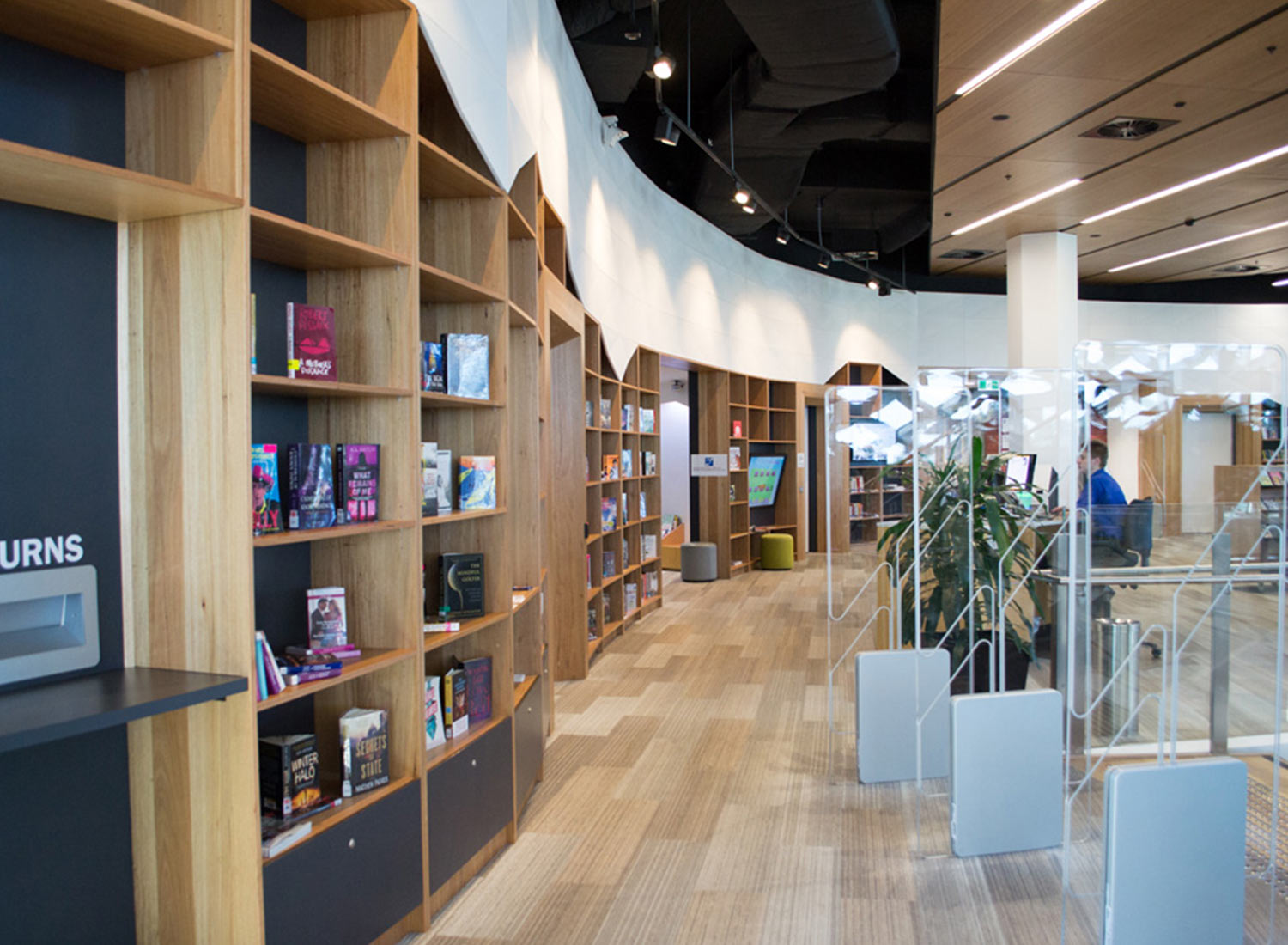
Libraries of all types and sizes are working to increase engagement, spearhead robust outreach, add programs, and develop and maintain other key services to their communities—all without adding staff. Implementing RFID is a logical, reliable, fast way for libraries to work smarter and reap the benefits of cutting-edge technology.
As a “third place,” libraries are busy gathering points for community members. The increase in circulation resulting from higher visitor counts often means that frontline staff are overburdened, resulting in less personal services and more materials sitting in bins and on carts instead of being available to patrons.
RFID technology scans bulk items at once, relieving staff of time spent processing individual items. The borrow and return experience is enjoyable for patrons, and they are delighted to see materials checked-in and removed from their accounts instantaneously, allowing them to borrow more without delay.
By markedly improving the speed and accuracy of circulation functions, RFID lets staff quickly get materials back onto shelves and into patrons’ hands. As a result, staff can focus on more enriching patron interactions, spend more time developing and enhancing library initiatives and programs, and not be stuck behind the desk. Libraries using RFID report that job satisfaction improves, and painful and costly repetitive stress injuries decrease, when staff spend more time helping patrons and less time processing materials.
HOW RFID WORKS
In simplest terms, RFID consists of two parts: a tag and an electronic reader. Information about an item is encoded onto a tag placed on the item, and the electronic reader accesses the information about the item and passes it along to the library management software that processes items and loans.
Inside the tag, a microchip stores the item information, along with an antenna. RFID tags do not contain any personal information whatsoever, they only contain information about the item, enabling it to be borrowed and returned. RFID tags are passive, meaning they have no batteries or other power source, and only activate when coming into close proximity of an electronic reader (such as security gates, or the scanners at self-checkout stations).
RFID has significant advantages over barcode technology. When barcoded items are checked in or out, every single barcode must be carefully aligned with and presented to an electronic reader, a time-consuming process. RFID technology, on the other hand, allows numerous items to be processed immediately, without requiring individual alignments. Barcodes are frequently sensitive, requiring multiple scans before they are successfully read, and they typically end up scratched or otherwise rendered unreadable due to normal wear and tear plus placement on the outside of library items.
RFID can help to protect library materials from theft or inadvertent loss, and allows library staff to keep track of individual items at every stage in their circulation life-cycles. Like most technology, the constant evolution and modern-day ubiquity of RFID has resulted in far lower costs than when it initially emerged. These days, tags only cost around twelve cents apiece (a far cry from the decades-old, original industry pricing of a dollar per tag). The return on investment with RFID technology is quick and long-lasting, and the saved expenditures can be applied to other areas of library need.
Many libraries use RFID technology in conjunction with automated material handling (AMH) systems to rapidly process returns and other materials, including brand-new library materials received directly from vendors. Productivity is further enhanced through hand-held mobile inventory readers, which library staff use to scan materials in order to pull items for holds, transit materials between branches, scan shelves for missing or mis-shelved materials, and take inventory of the entire collection.

EASY TO IMPLEMENT
Bibliotheca offers an optimally designed, lightning-fast automatic conversion process, using custom, mobile conversion cart stations. These stations make it easy for libraries to convert to RFID without complicated setup procedures or manual, time-consuming input of data.
On average, one station can convert 450 items per hour, with many libraries processing well over that amount and some achieving 1000+ items per hour. One library utilized several Bibliotheca stations to convert a collection of 160,000 items in 10 days.
Moving to RFID is a rewarding, decades-long commitment, and we are comfortable standing behind our hardware, software, integration with ILS software, staff training, and technical implementation and support. We have the experience, longevity, and references to ensure that libraries feel confident when implementing Bibliotheca RFID.
We offer a local presence for questions and technical support, from the first day and throughout the years. Our representatives are in your backyard, not across the continent or on another continent, altogether. Our RFID system design doesn’t cut corners, and we don’t accept deficiencies, small or large. We thoroughly test our solutions, enhancing and upgrading them based on our own meticulous research and development, coupled with user feedback from libraries. We believe in top-notch quality and staff and patron interfaces that are simple, intuitive, and engaging.
WHY LIBRARIES CHOOSE BIBLIOTHECA
Bibliotheca develops innovative technologies and digital management solutions for all types of libraries. With over 50 years in the industry, we are proud of our history and accomplishments with more than 30,000 unique libraries worldwide. Our products provide modern, intuitive, and seamless experiences for patrons and staff alike.
Libraries are all we do. We don’t adapt commercial products to fit libraries, we design and create technologically savvy products specifically with libraries in mind. Sleek, aesthetically appealing, and durably-built, our solutions don’t just look good on the outside, they are meticulously designed to be just as robust and reliable “under the hood.”
We understand the nuances of day-to-day use of our products in libraries, and we test exhaustively, right down to all of the possible angles of materials as they are scanned. If support is needed, we provide in-house helpdesk support weekdays until early evenings; a 24/7 hotline for urgent needs outside of normal hours; and local, onsite technicians during regular business hours. Look around and you likely won’t find someone who can deliver all of these elements like we can.
Bibliotheca RFID yields thousands of hours in saved staff time, makes the borrow and return process fast, simple, and accurate for patrons, and significantly increases circulation statistics by ensuring that materials are processed and available as quickly as possible. With our vast cumulative knowledge, we’ve engineered a highly evolved, user-friendly RFID system that impeccably enhances and expands the function and reach of libraries in communities.
Bibliotheca RFID solutions
You may also like
Libraries Using RFID
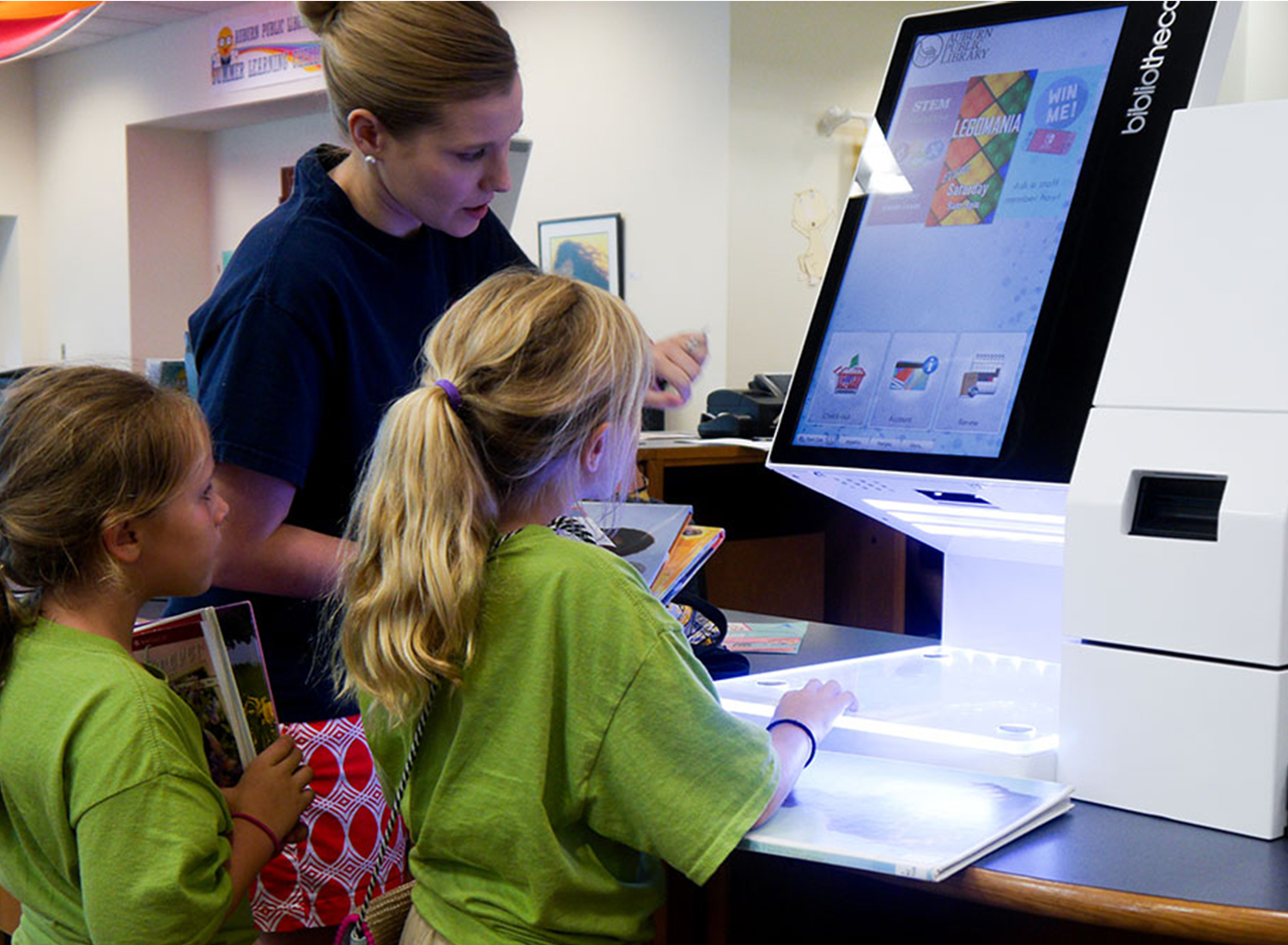
Auburn Public Library: Self-Service Makes The Best Service Possible
Discover how Auburn Public Library used Bibliotheca’s RFID solutions to boost efficiency, move to 90% self-service, and expand library outreach with a new microbranch.
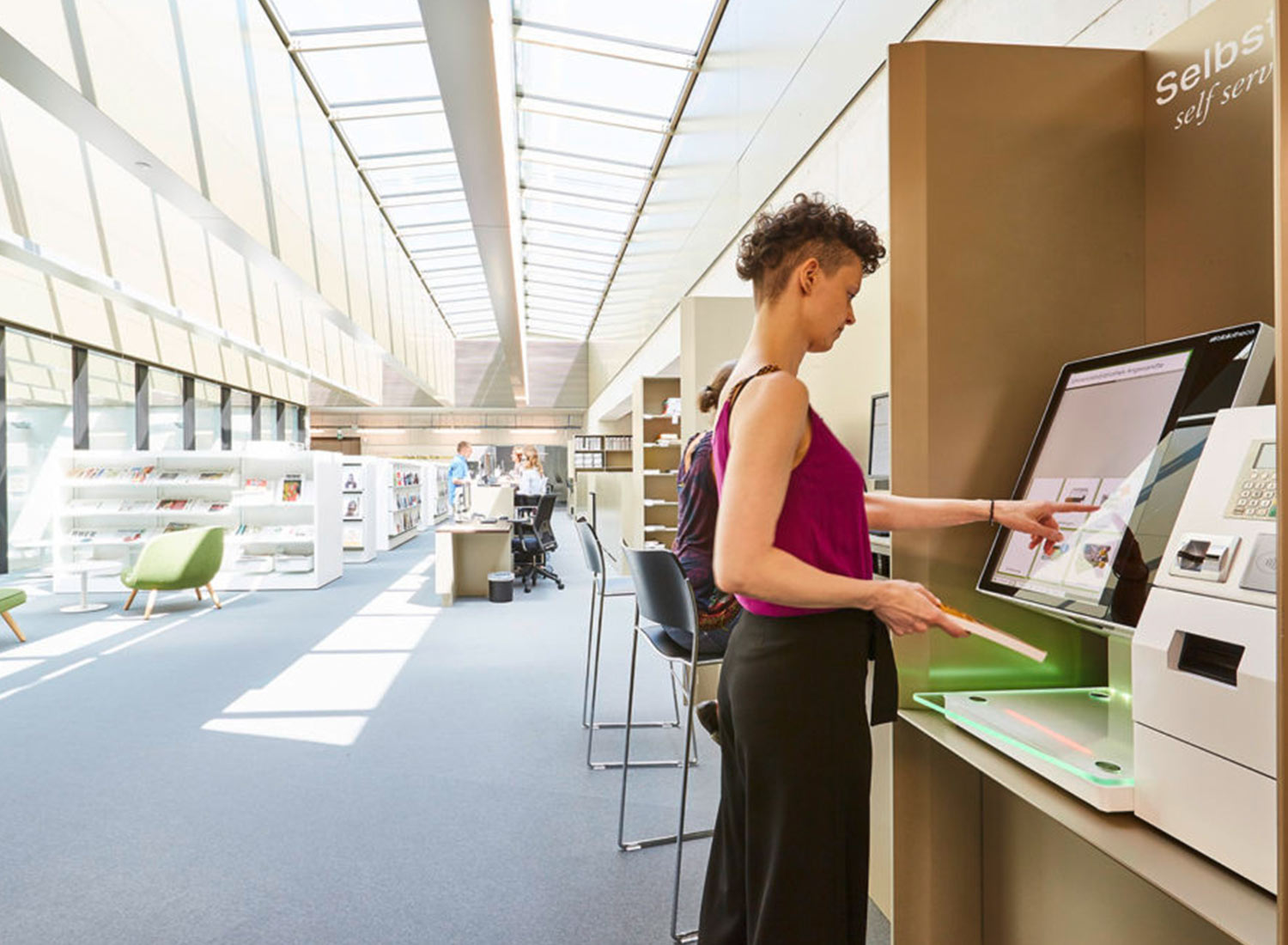
Vienna University Library of Applied Arts: Using RFID to modernize and educate
Using RFID to modernize and educate.
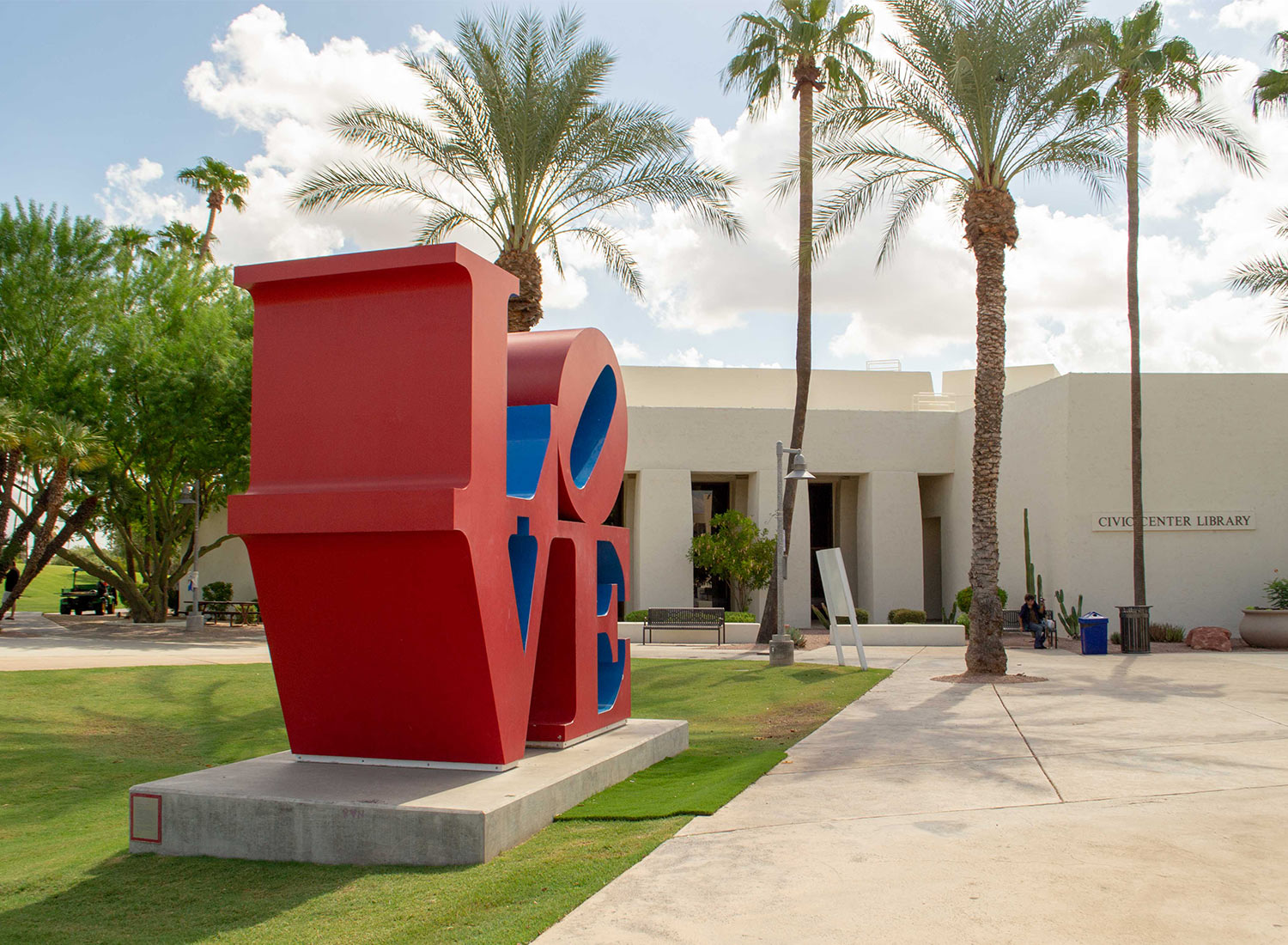
Scottsdale Public Library: RFID lets this library focus on the community
RFID lets this library focus on the community.
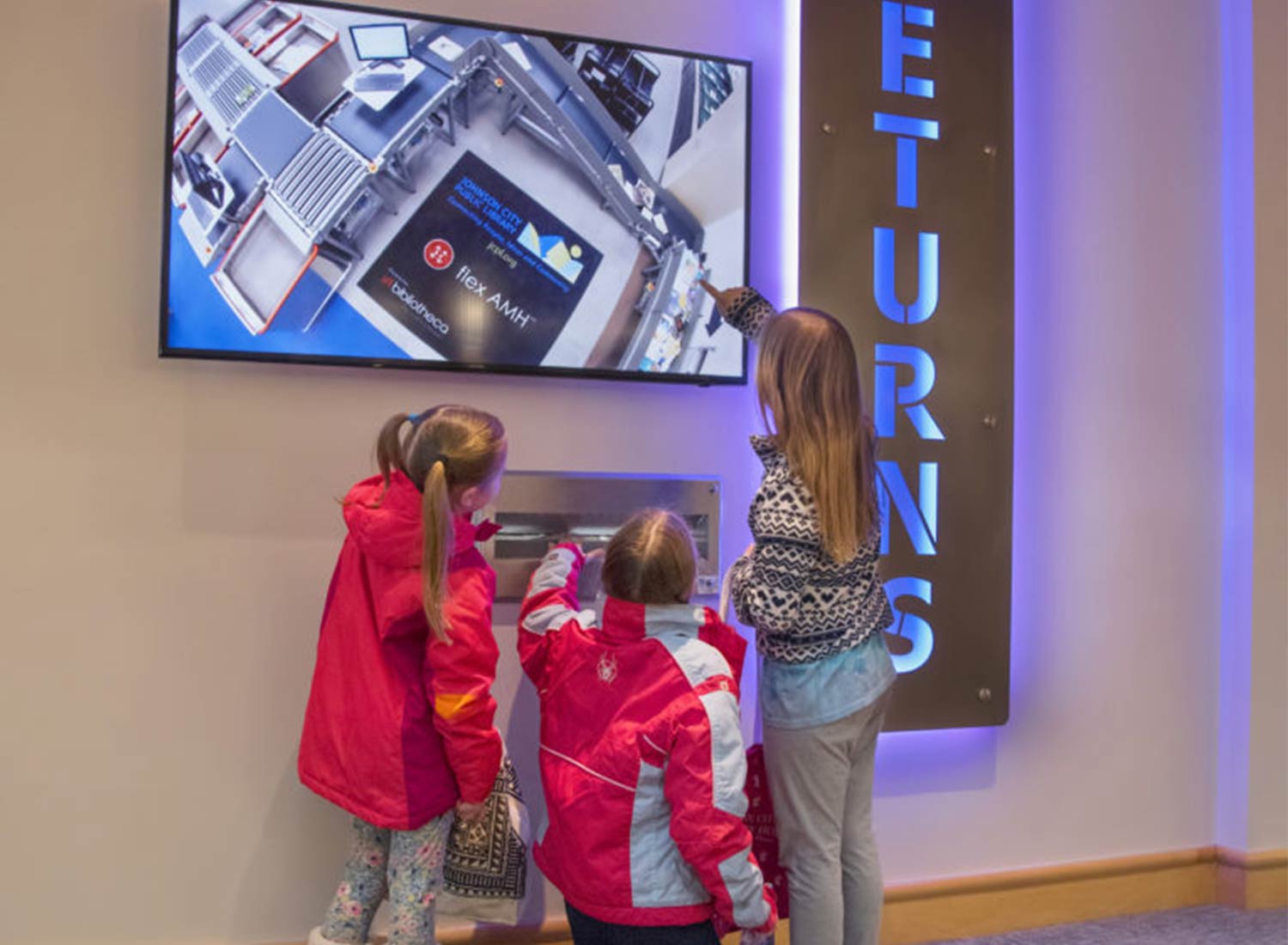
Johnson City Public Library: RFID helps this library keep up with increasing circulation
RFID helps this library keep up with increasing circulation.
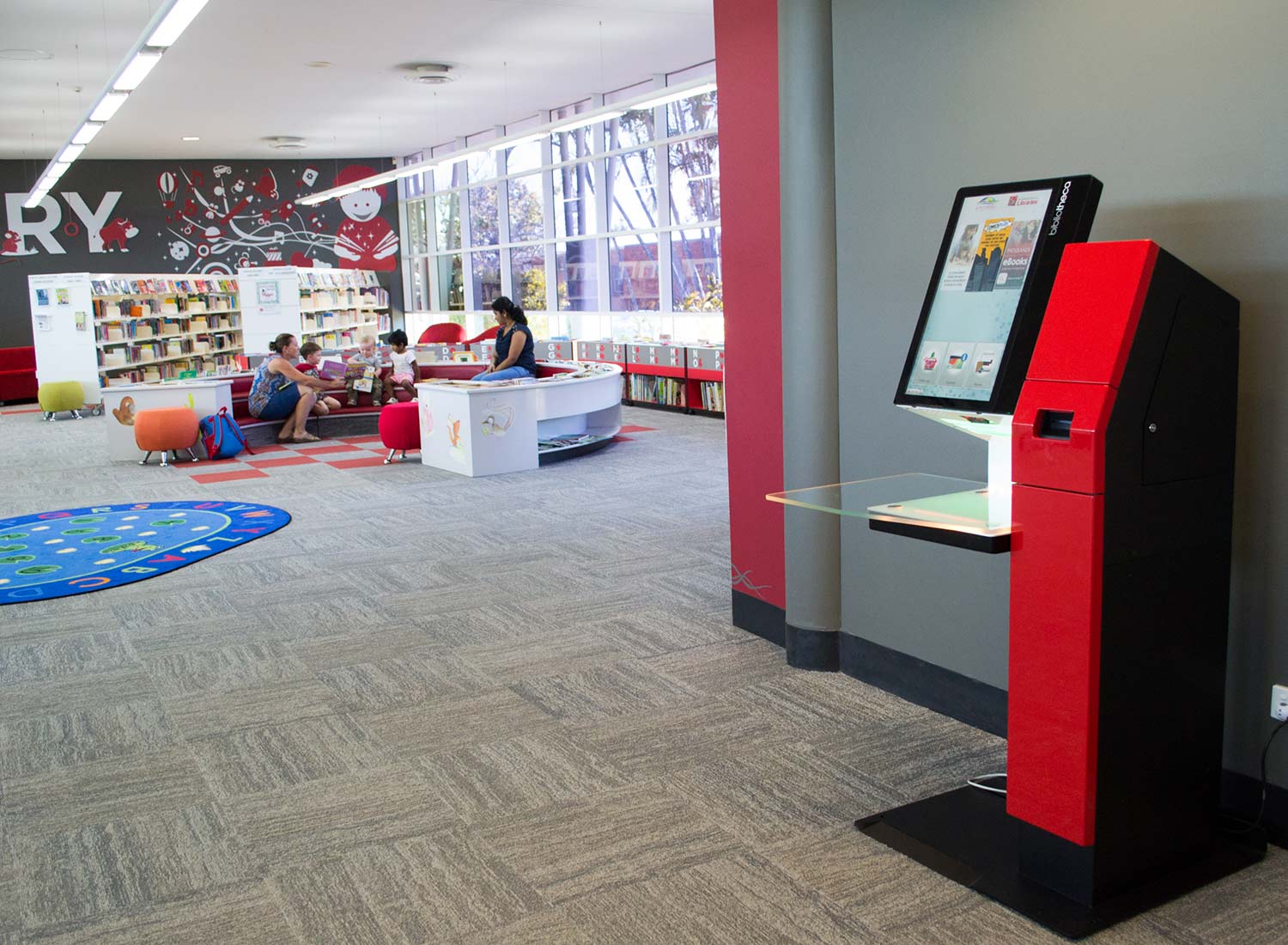
Bundaberg Regional Libraries: Using technology to excite patrons and drive outreach
Using technology to excite patrons and drive outreach
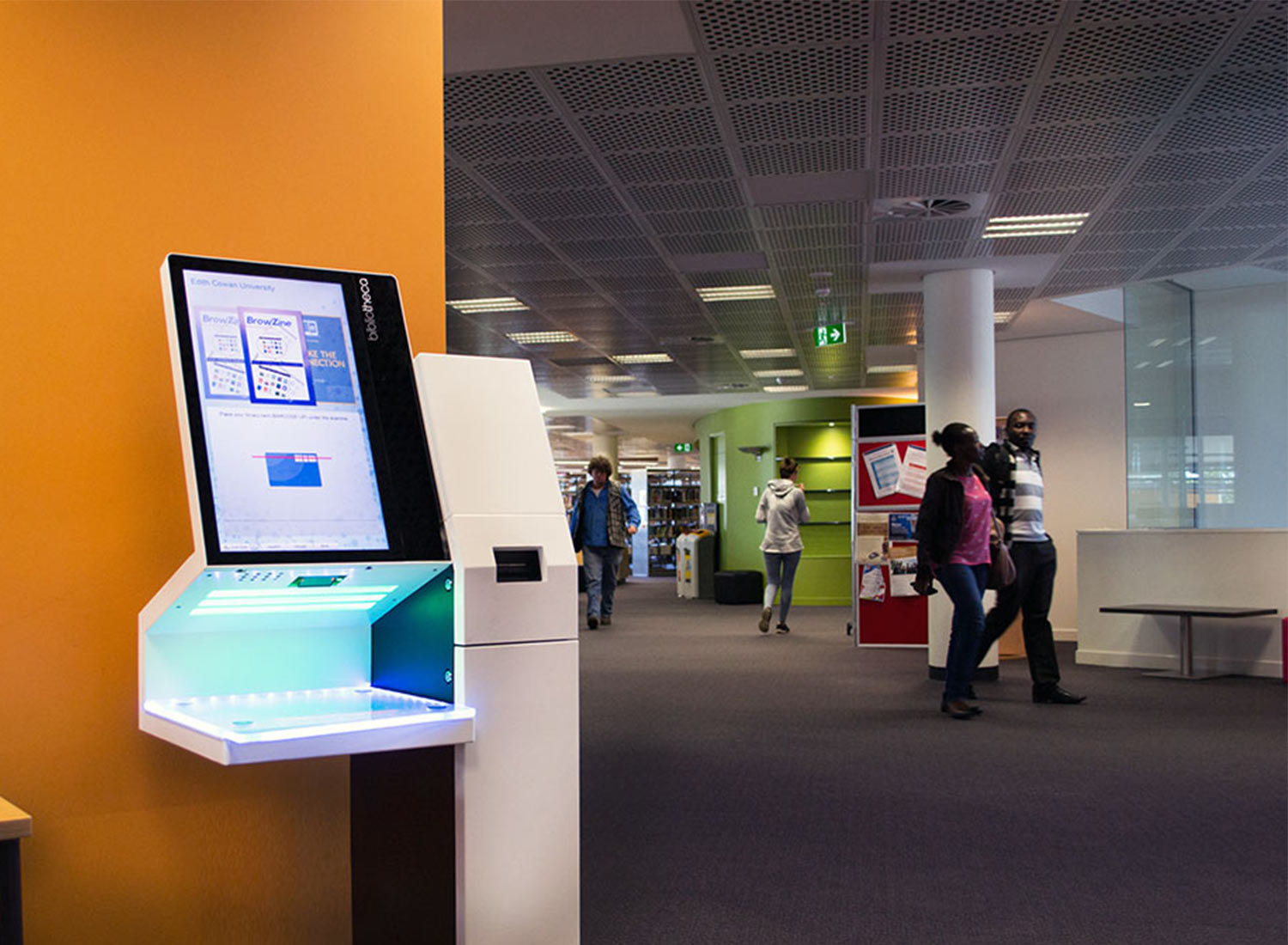
Edith Cowan University: Discover how RFID powers research and teaching goals
Discover how RFID powers research and teaching goals.

